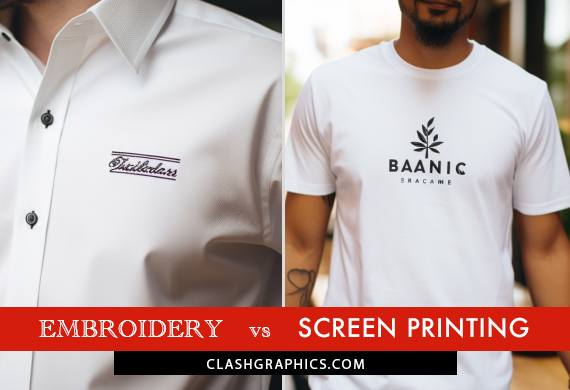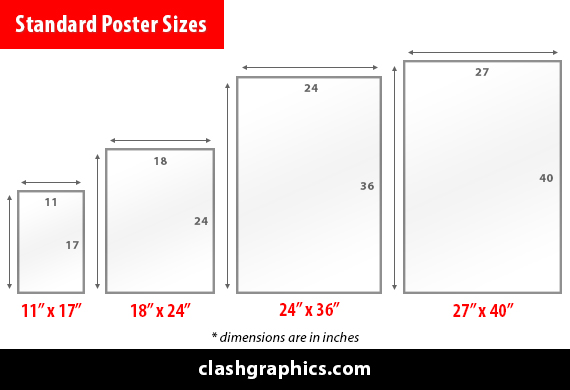Standard Poster Sizes Guide
Posted by Clash Graphics on 31st Jul 2023
Are you feeling overwhelmed by your choices of poster sizes and printing options? Whether creating a captivating movie poster or an informative academic presentation, selecting the right size and printing method is essential for ensuring your message…
read more







